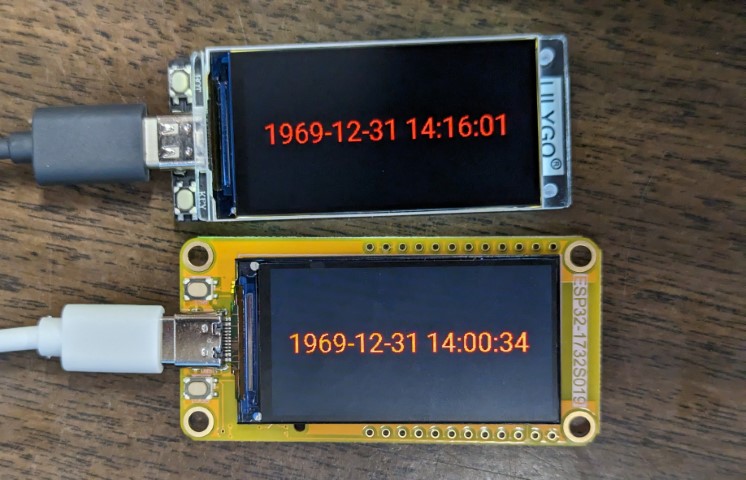I actually made some more progress on this and seem to have it working where I don't need to modify anything at all in the stock TFT_eSPI library. I'm using the latest version (2.5.23) from Bodmer's GitHub without any modifications . You can specify everything needed in build_flags like this:
esphome:
platformio_options:
build_flags:
- -DUSER_SETUP_LOADED=1 -DST7789_DRIVER=1 -DINIT_SEQUENCE_3=1 -DCGRAM_OFFSET=1 -DTFT_RGB_ORDER=TFT_RGB -DTFT_INVERSION_ON=1 -DTFT_PARALLEL_8_BIT=1 -DTFT_WIDTH=170 -DTFT_HEIGHT=320 -DTFT_DC=7 -DTFT_RST=5 -DTFT_WR=8 -DTFT_RD=9 -DTFT_D0=39 -DTFT_D1=40 -DTFT_D2=41 -DTFT_D3=42 -DTFT_D4=45 -DTFT_D5=46 -DTFT_D6=47 -DTFT_D7=48 -DLOAD_GLCD=1 -DLOAD_FONT2=1 -DLOAD_FONT4=1 -DLOAD_FONT6=1 -DLOAD_FONT7=1 -DLOAD_FONT8=1 -DLOAD_GFXFF=1 -DSMOOTH_FONT=1



This isn't a bug, I just wanted to share some info. I was able to get this working using the latest TFT_eSPI library - using the older custom_component method vs. the newer external_components method for now. I was also able to setup the backlight pin with ledc so it's dimmable. These were very simple changes to just a couple of header files in the TFT_eSPI library:
In User_Setup_Select.h comment out this line:
And uncomment this line:
In User_Setups/Setup206_LilyGo_T_Display_S3.h comment out these two lines:
Then in your ESPHome yaml file use this for the light - get rid of the GPIO switch and replace with this: